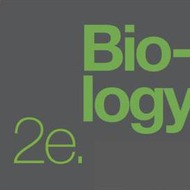Cellular Respiration
(View Complete Item Description)Cellular respiration is the process by which our bodies convert glucose from food into energy in the form of ATP (adenosine triphosphate). Start by exploring the ATP molecule in 3D, then use molecular models to take a step-by-step tour of the chemical reactants and products in the complex biological processes of glycolysis, the Krebs cycle, the Electron Transport Chain, and ATP synthesis. Follow atoms as they rearrange and become parts of other molecules and witness the production of high-energy ATP molecules.
Material Type: Lecture Notes, Simulation




















